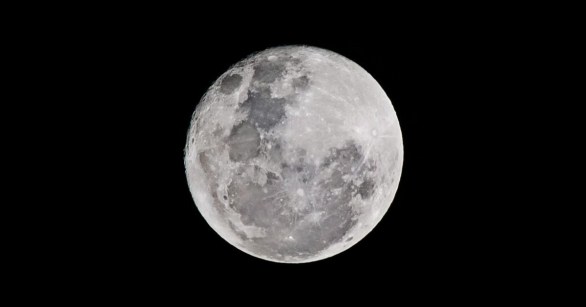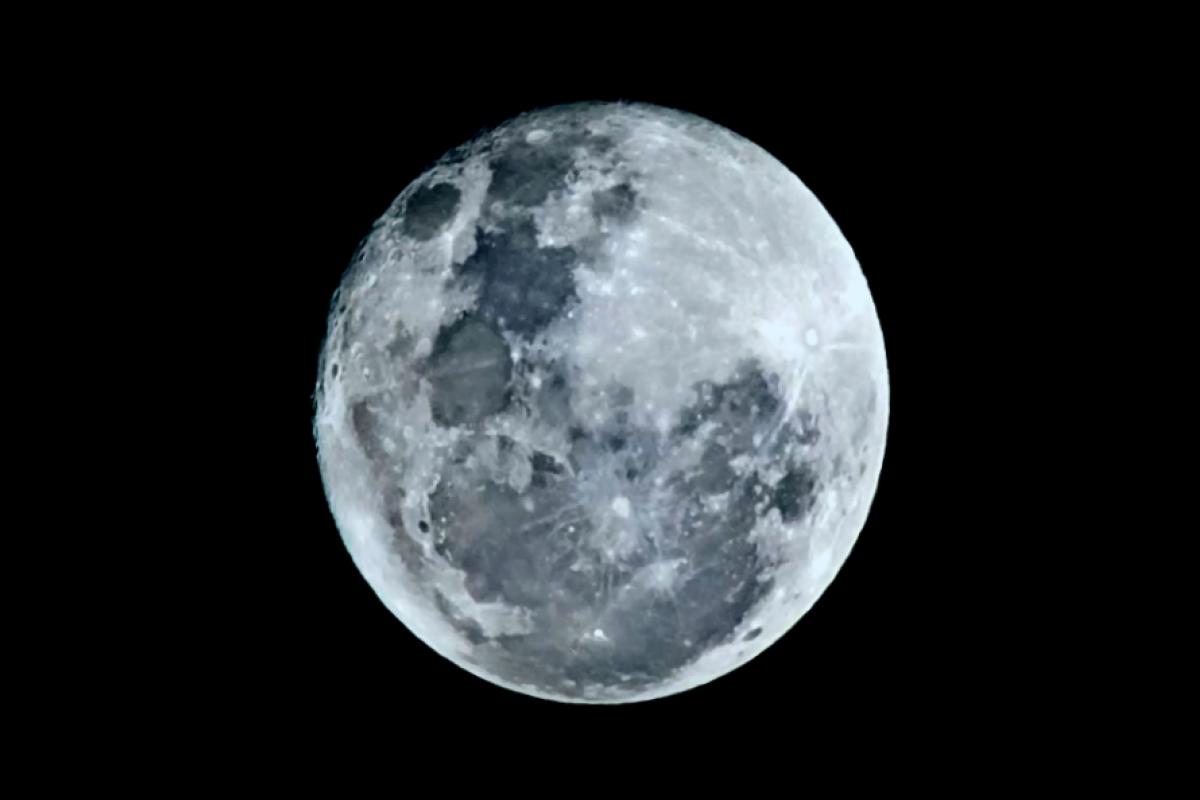

Whenever you glance up at the Moon, it’s easy to think it’s just that dull, dusty orb full of craters we’ve always seen in images. But there’s a lot more to our cosmic neighbor than meets the eye.
You might even assume that it’s always been the way it appears now. But the reality is that, like all celestial bodies in our solar system, the Moon carries a rich and tumultuous history that stretches back billions of years.
As recent research featured in the esteemed journal Icarus demonstrates, there are vital clues etched on the Moon’s surface, waiting to tell their story.

The Moon, believed to be around 4.5 billion years old—just a bit younger than Earth—is said to have formed when a colossal space body named Theia collided with a young Earth, creating debris that eventually became our satellite.
While circling in our orbit, the Moon’s history has been anything but still. Astronauts during the Apollo missions were taken aback by the shiny glass beads they found scattered across its otherwise gray terrain, samples that speak volumes of a lifestyle marked by explosive volcanic activity.
Upon returning to Earth, these tiny glass samples—each measuring less than 1mm—sparkle with tales of the Moon’s fiery geological underpinnings, shedding light on its dynamic past. Ryan Ogliore from Washington University in St. Louis captured this sentiment perfectly when he stated:
“The very existence of these beads tells us the Moon had explosive eruptions, reminiscent of fire fountains we see in Hawaiian volcanoes today. They’re among the most fascinating extraterrestrial samples we possess. These beads are small, pristine capsules waiting to unfold the Moon’s secrets.”

Even though these samples have been part of Earth’s collection for over 50 years, it took advancements in technology to truly decode what they hold. Now that we have progressed, researchers can delve into the volcanic glass—lava that cooled swiftly after an eruption—to extract further meaning, as Ogliore elaborated:
“We’ve held on to these samples for half a century, but only now do we possess the tools to unlock their full story.”
By leveraging cutting-edge techniques from both Brown University and Washington University, including scanning electron microscopy and energy dispersive X-ray spectroscopy, the scientific team discovered that the glass beads, which span colors from orange to black, encompass an array of minerals and isotopes.
This groundbreaking research reveals that these beads didn’t all originate from the same volcanic eruption—but rather from multiple events, providing researchers intricate details of lava from around 3.5 billion years ago, harbored within the Moon’s core.
Thus, science has gained an unparalleled understanding of our beloved satellite, shining a new light on its history and geology.



















